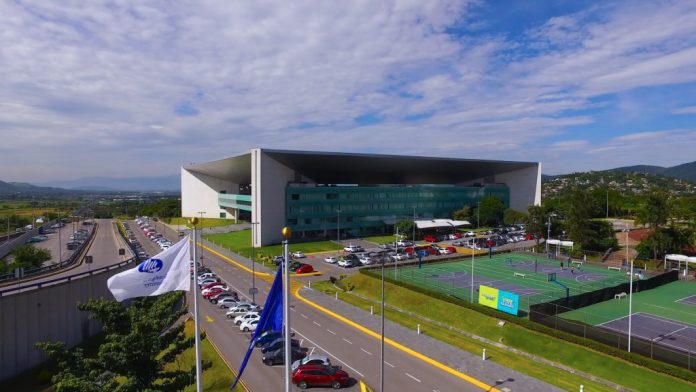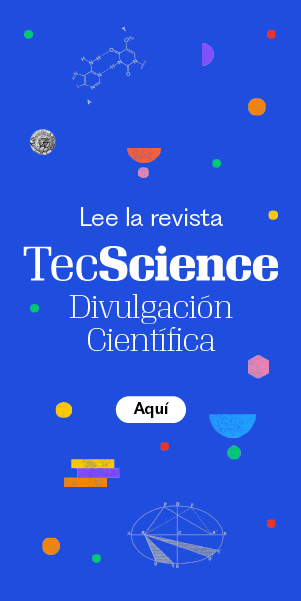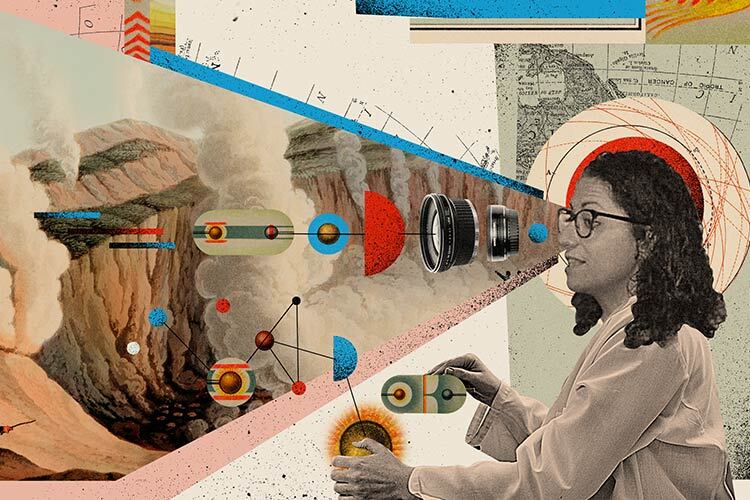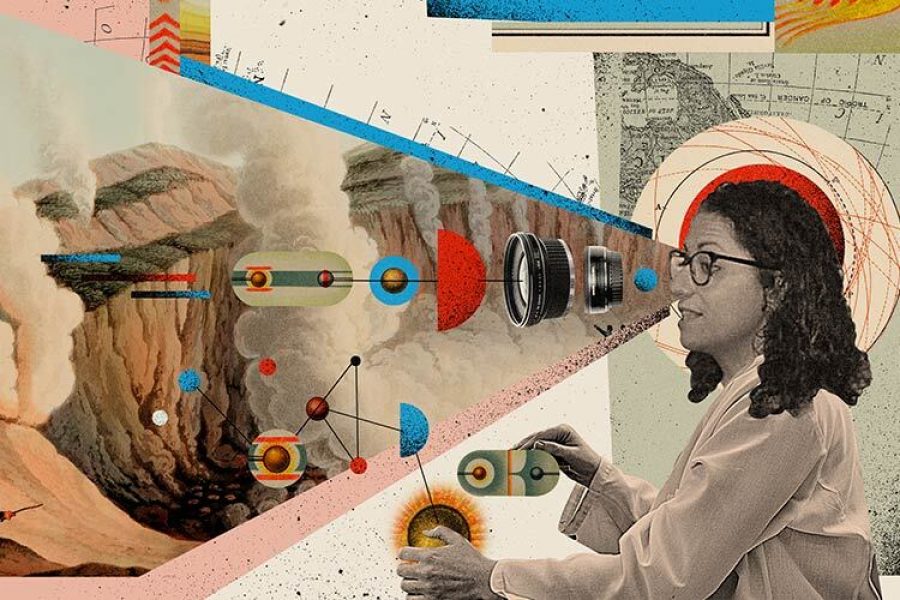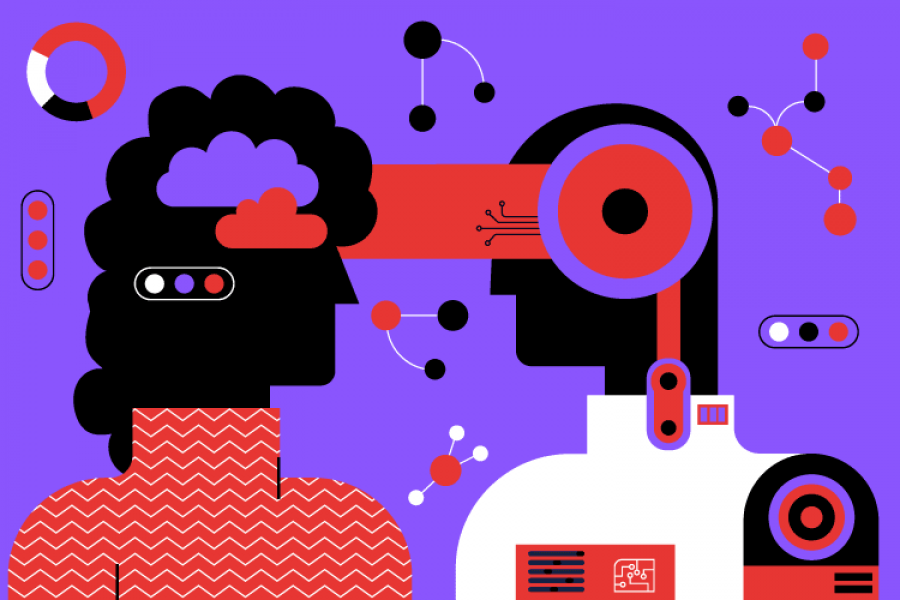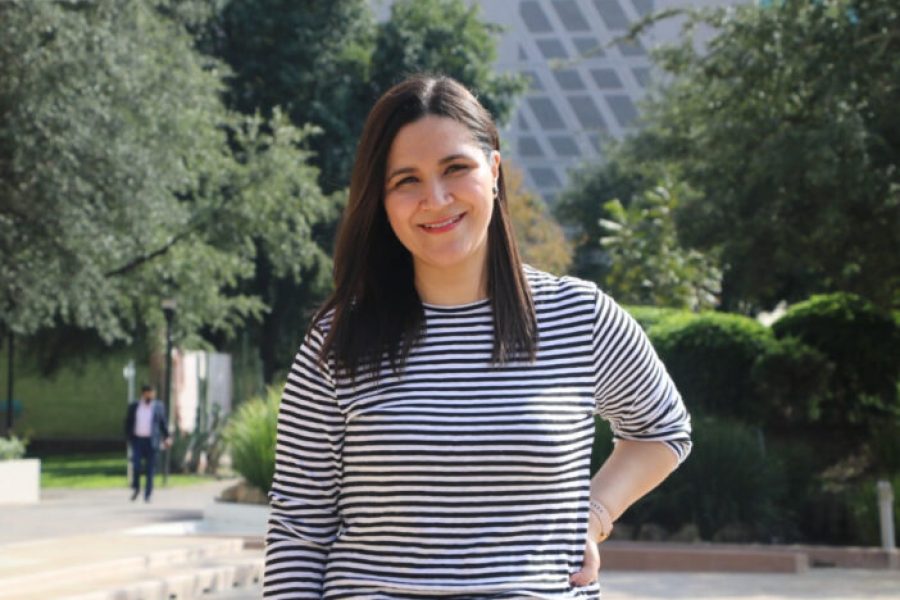Clinical engineers are essential for the proper functioning of hospitals and innovation in medical technology. Their tasks cover a wide range from syringes to mechanical ventilators, which save the lives of patients in serious conditions.
“Clinical engineering is a branch of biomedical engineering that aims to care for patients by applying knowledge of health technology management,” explains Rubén Fuentes, a professor from the School of Engineering and Sciences at Tec de Monterrey.
What Do Clinical Engineers Need to Know?
Three areas of knowledge are fundamental for specialists in this subject: administrative, technological, and scientific. According to Fuentes, these experts must understand how all medical devices work.
“We must remember that these include syringes, simple medication, and equipment used to provide life support to a critical patient, such as the mechanical ventilators that were used during the pandemic,” explains Fuentes, who is also a clinical engineer.
This profession also focuses on tecnovigilance, which means studying how much of a medicine can negatively affect patients, as well as understanding how devices help patients.
One of the challenges in this area is that the definition of medical equipment is so broad it includes everything from toothbrushes to ultrasound and X-ray equipment. According to the World Health Organization (WHO), there are more than 10,000 medical devices worldwide.
Challenges in Mexico
One of the most common problems that clinical engineers face in Mexico is adapting the voltage of the electrical grid to operate high-tech medical equipment that comes from abroad and is configured for other power supplies.
For this reason, Fuentes warns that those who decide to dedicate themselves to this career need foundations in mathematics, programming, physics, and, of course, health.
“In our area of expertise, we study some subjects with doctors, electronics subjects with mechatronics engineers, and some subjects even include industrial engineering,” he explains.
According to the professor, one of the problems in Mexico is the small number of these experts. He estimates that there is only one clinical engineer for every 100 doctors in hospitals.
This specialty is still not so well known among young people. Fuentes says that he found out about the existence of clinical engineering when he had an ankle injury. He needed emergency surgery, and the doctor who performed it told him about this career. That is why he recommends that young people approach this discipline, especially if they are interested in health and engineering.

